Are Russian warships in Havana a flashback to the Cuban Missile Crisis? Take a look
The presence of a Russian military flotilla passing by South Florida and conducting military exercises just miles from the coast is evoking for some the 13 days of white-knuckle tension in October 1962 when the Soviet Union placed nuclear weapons in Cuba, right at the doorstep of the United States.
What become known as the Cuban Missile Crisis was the closest the Cold War between the U.S. and Soviet Union ever became of turning hot.
MORE: Russian warships, nuclear submarine enter Havana Harbor under watch of U.S. destroyers
What it looked like in 1962
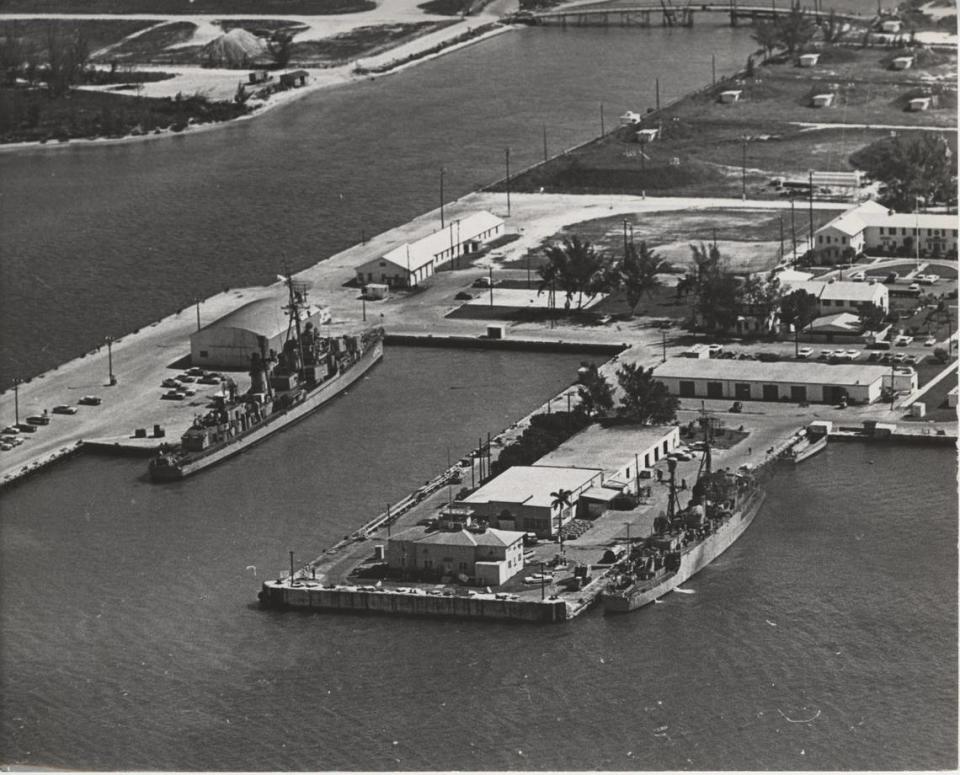
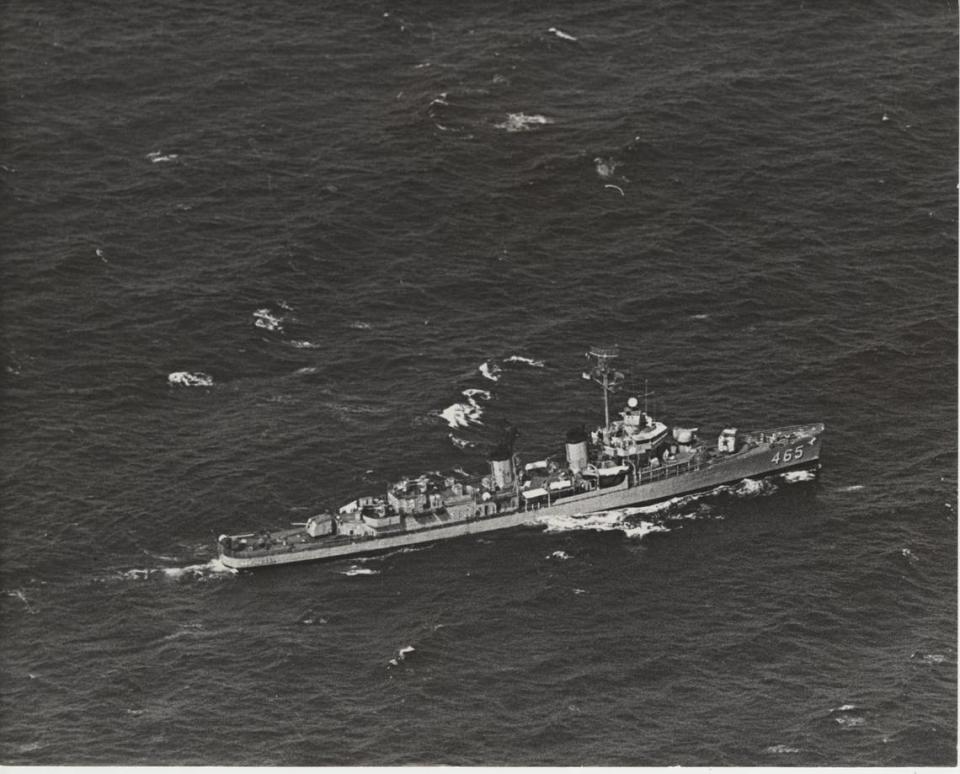
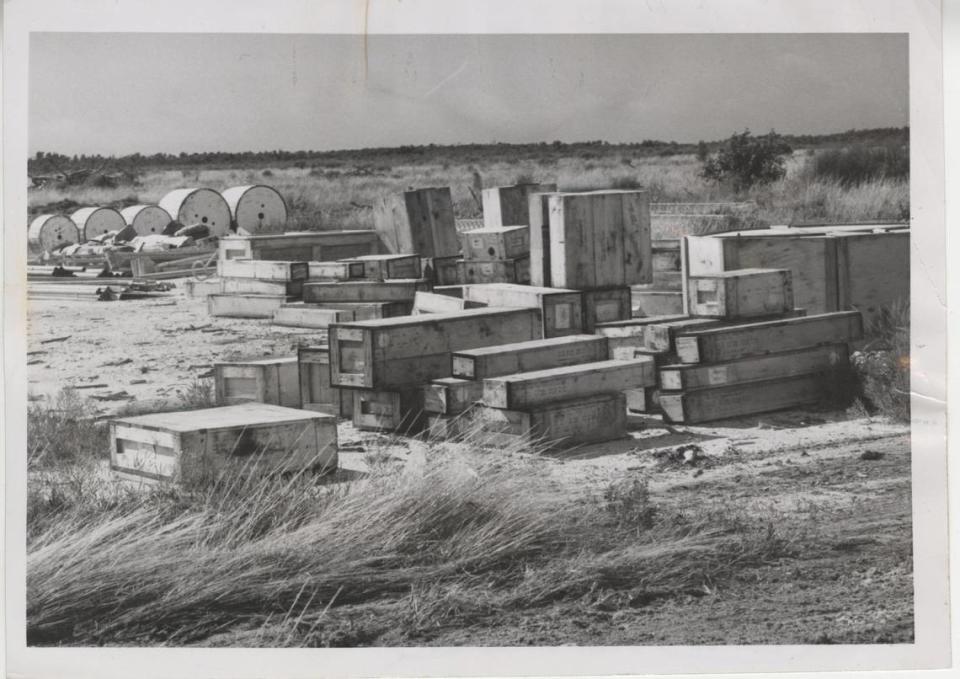

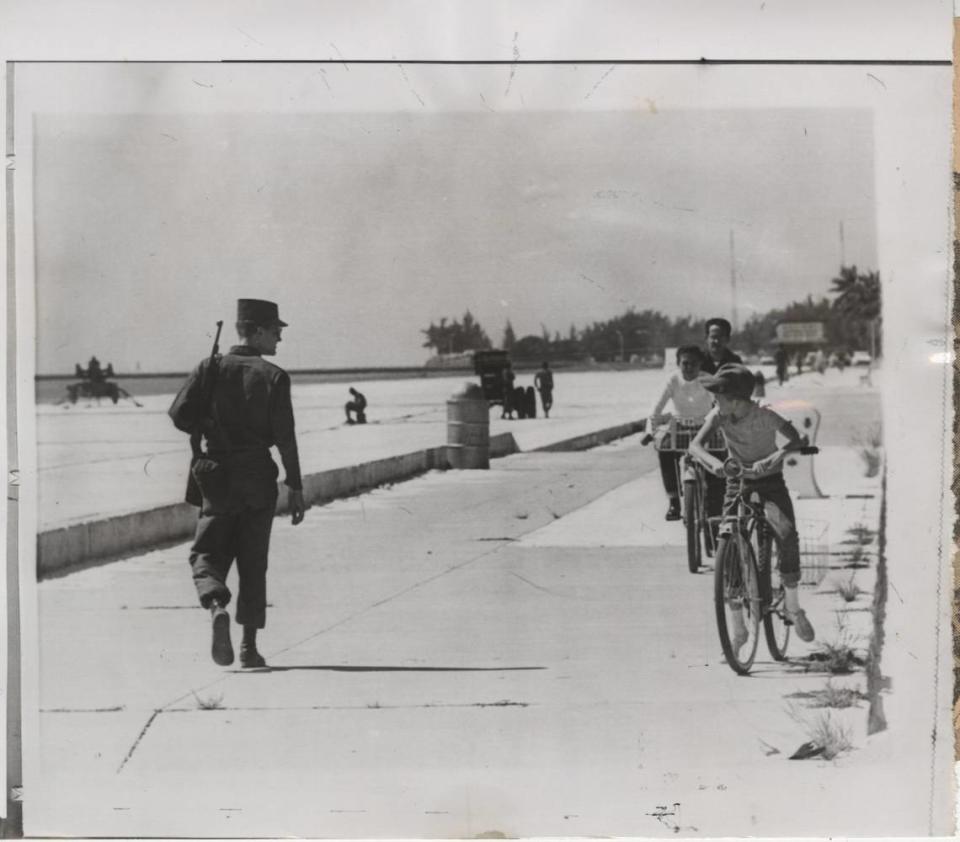
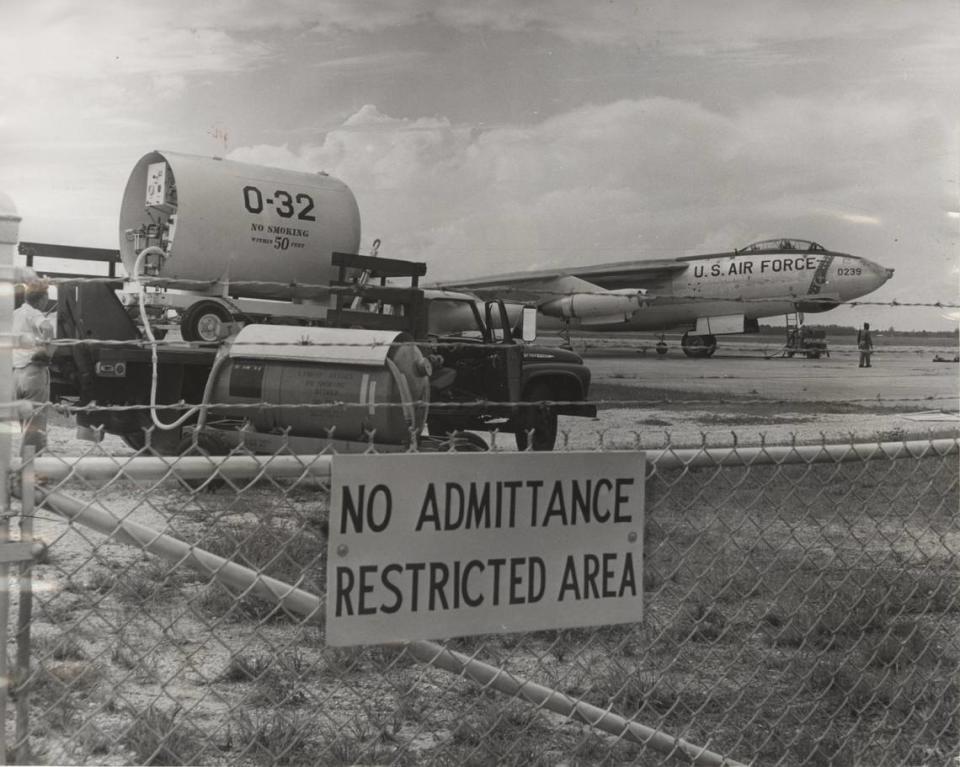
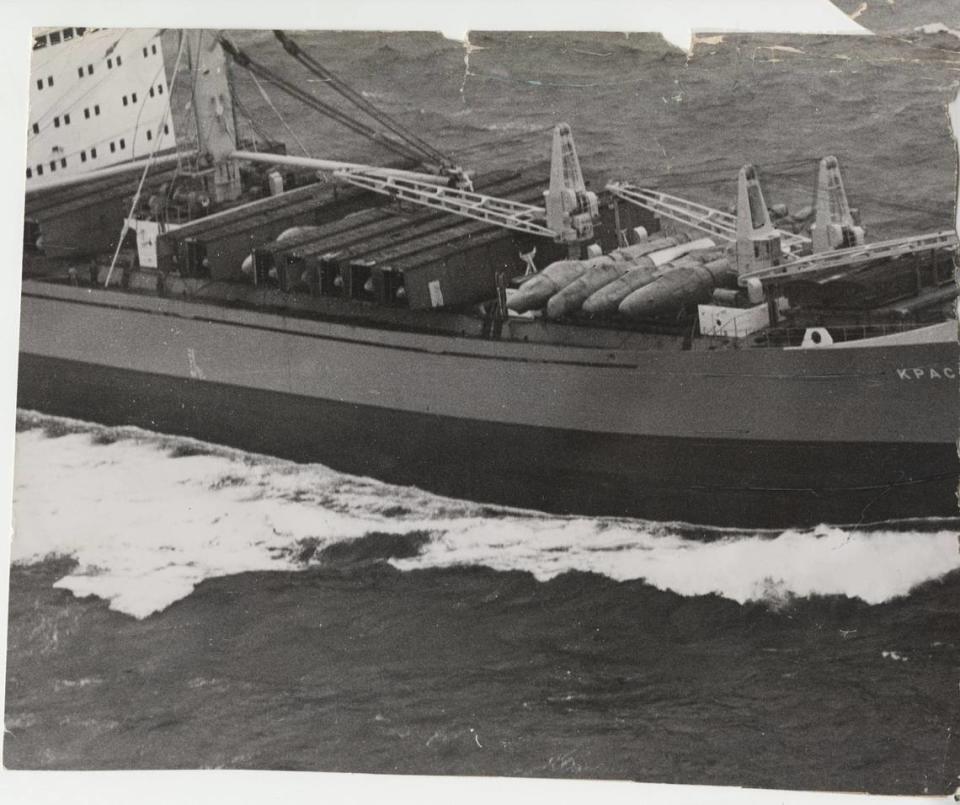
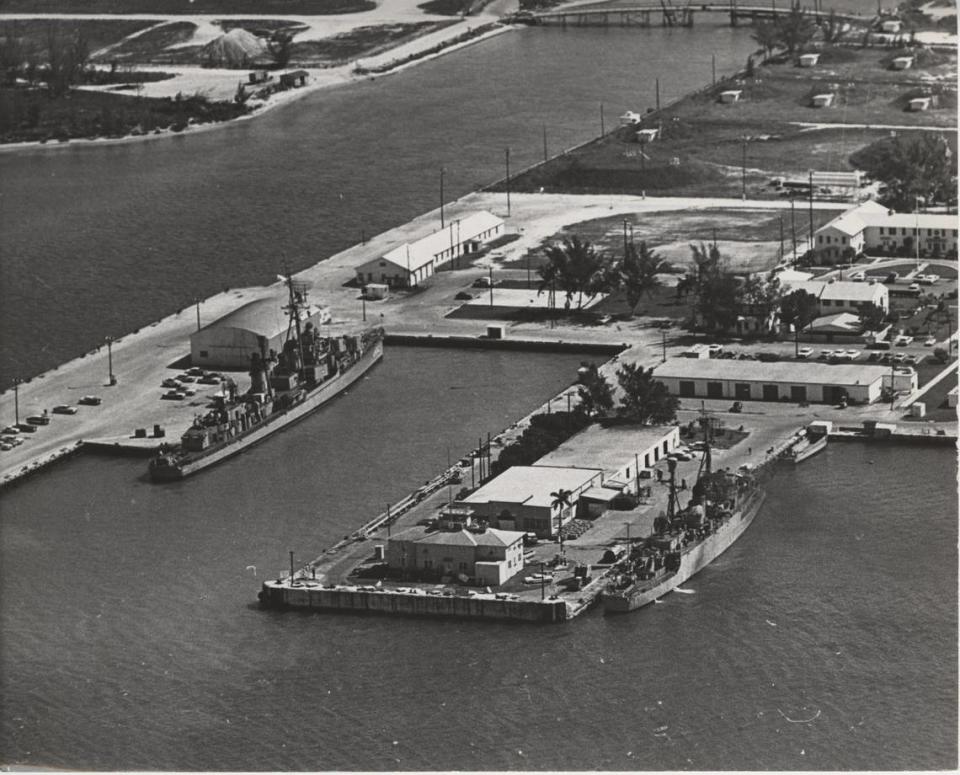
MORE: Russian warships, nuclear submarine enter Havana Harbor under watch of U.S. destroyers
How the crisis unfolded
The agreement between Soviet premier Nikita Khrushchev and his Cuban counterpart Fidel Castro in July 1962, to place nuclear missiles and bombers on the communist island nation was a response to the failed U.S.-backed Bay of Pigs invasion to overthrow Castro 16 months earlier.
The U.S. became aware of the weapons buildup in September 1962 following routine surveillance flights. President John F. Kennedy issued a warning to the Soviets that the introduction of nuclear weapons in Cuba was not acceptable.
Despite the proclamation, on Oct. 14, 1962, a U-2 spy plane photographed medium- and intermediate-range ballistic missile sites under construction.
The images were sent to the White House, prompting an immediate response from the Kennedy administration, starting with a naval blockade of Cuba, which the government called a “quarantine” in an effort not to use war terminology.
The same day the blockade was ordered, Oct. 22, Kennedy also sent a letter to Khrushchev demanding no more nuclear weapons be shipped to Cuba, and that the existing arms be dismantled and removed.
MORE: U.S. deploys warships as Russian fleet makes close pass to Florida in approach to Cuba
Meanwhile, the president was trying to tamp down a growing appetite among some of his advisers, including the Joint Chiefs of Staff, for airstrikes to take out the weapons, and then a U.S. military invasion of Cuba.
But as the president was attempting to calm that faction’s push for armed conflict behind the scenes, he went on television that night to publicly warn the Soviets that the U.S. was fully prepared for war should the crisis escalate.
“It shall be the policy of this nation to regard any nuclear missile launched from Cuba against any nation in the Western Hemisphere as an attack by the Soviet Union on the United States, requiring a full retaliatory response upon the Soviet Union.”
Khrushchev’s response was that the blockade was an “act of aggression,” and ordered the ships to continue going to Cuba. The U.S. Navy was blocking some of the vessels, but, since they were not found to be hauling weapons, they were allowed to proceed. Some Soviet ships were deterred by the blockade and turned back.
Nevertheless, photos from reconnaissance flights showed the missile sites were near completion and U.S. armed forces were placed in DEFCON 2, the brink of war. While Kennedy had been trying to assuage the intentions of his more hawkish advisers throughout most of the crisis, on Oct. 26, he told his team that the use of force was now likely the only way to get the weapons out of Cuba.
The end of the crisis
That night, however, Khrushchev sent a message to Kennedy that he hoped an agreement could be reached to avoid war. The Soviets would remove the missiles if the U.S. promised not to invade Cuba.
“If there is no intention to doom the world to the catastrophe of thermonuclear war, then let us not only relax the forces pulling on the ends of the rope, let us take measures to untie that knot. We are ready for this,” Khrushchev’s message read.
That spirit of detente seemed to only last through the night, though. The next day, not only did Khrushchev say any deal must also include the U.S. removing nuclear missiles from Turkey, a U-2 spy plane was shot down over Cuba, killing Air Force Maj. Rudolf Anderson — the only U.S. casualty of enemy fire during the crisis.
Now, as war with the Soviets appeared imminent, Attorney General Robert Kennedy met with Anatoly Dobrynin, Soviet Ambassador to the U.S., and told him that Washington was intending to remove the missiles from Turkey before the crisis emerged — and still planned to do so — but, that development could not be part of any resolution to the situation in Cuba.
The next day, Khrushchev publicly announced the nuclear weapons in Cuba would be dismantled and removed.
Source material for this story comes from the U.S. State Department’s Office of the Historian

